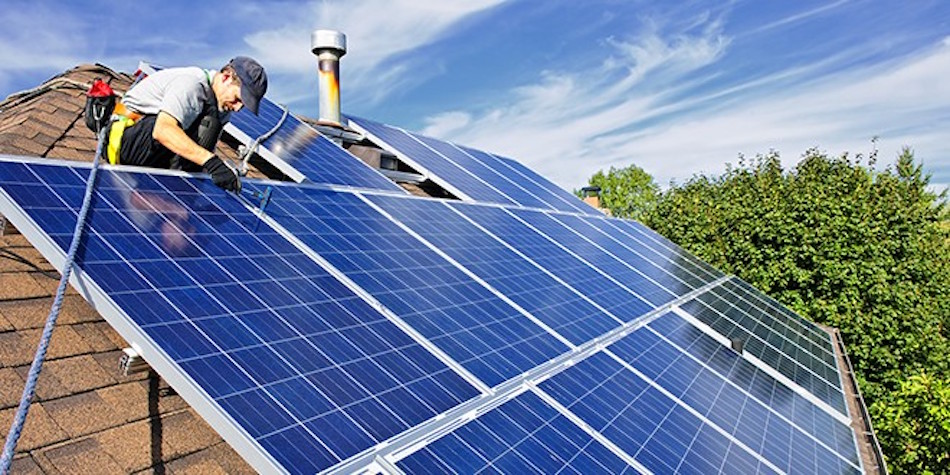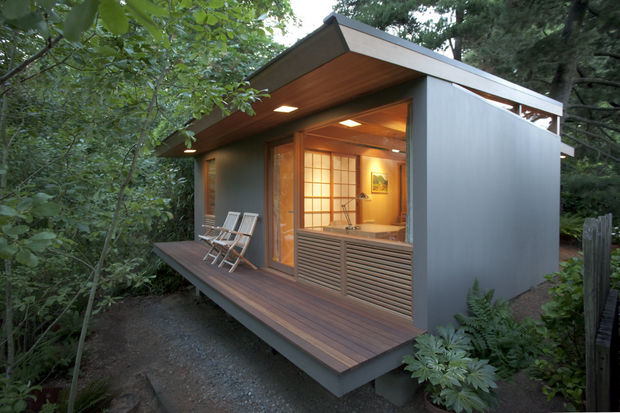Solar panels differ based on the purity of the silicon used in the cells. The quality of silicon used to make the cells determines the conversion efficiency of the panels. Efficiency, in turn, is measured by the amount of electricity the cells generate.
Panels with monocrystalline silicon solar cells contain the highest-grade silicon and are right now, the most efficient of all types of panels. These are also the most expensive of all types of solar cells. Solar panels with polycrystalline silicon cells are slightly less efficient than the monocrystalline type. Usually, you need more polycrystalline silicon cells then monocrystalline cells to generate the same amount of electricity. So monocrystalline cells are also the most space-efficient of all solar cells.
Both monocrystalline and polycrystalline panels are designed to last at least 25 years.
Thin-film solar cells contain variates of silicon or any other photovoltaic material. These are right now, the cheapest type of solar cells. But they are also the least efficient. Thin-film solar cell technology is still in its nascent stages, and the durability of these cells has not yet been tested. So don’t fall for the price tag or feel compelled to adopt a technology just because it is the latest.
Choose the Best Solar Panel for your Home
Manufacturers indicate the peak conversion efficiency of solar panels on the package. Although monocrystalline solar have historically been more efficient than polycrystalline, the former is not necessarily better than the latter. Monocrystalline panels typically have 13-17 percent efficiency while the polycrystalline panels are usually 12-15 percent efficient. So some high-end makes of polycrystalline panels can be more efficient than monocrystalline panels.
But you may not need a panel with the most peak efficiency to meet your energy need. Know about the factors you should consider before choosing a solar panel for your home.
You can invest in polycrystalline panels if you have ample roof space. Although these are less space-efficient than the pricier monocrystalline panels, you can generate the same amount of electricity by installing more polycrystalline panels. You can also increase the amount of electricity generated by a polycrystalline system by positioning the array such that sun hits it perpendicularly. If the maximum amount of sunlight hits the panels, you won’t have to install more polycrystalline panels.
If you want to buy the least expensive panel, or in other works, pay the least for a unit of electricity produces, consider thin-film panels. If you have a large rood, installing thin-film solar panels could save you more money than buying monocrystalline or polycrystalline panels.







